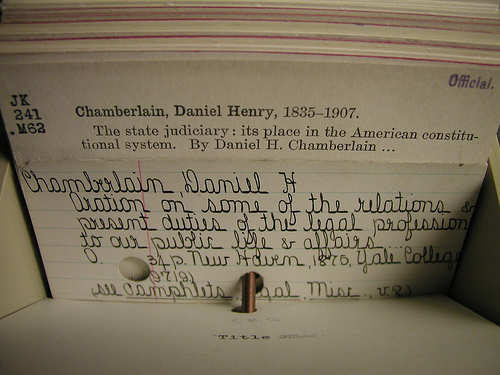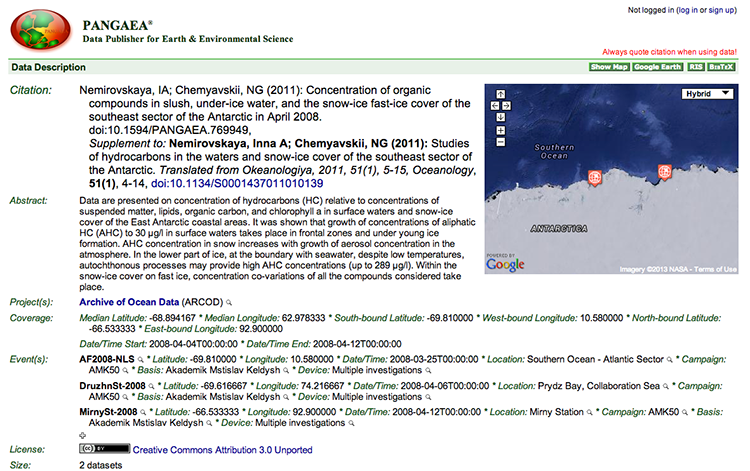Further documentation and description about your data are needed beyond details about its types and formats. Such description, also known as “metadata,” answers the following questions about your data:
- Who created it?
- What is it?
- When was it created?
- How was it generated?
- Where was it created?
- How may it be used?
- Are there restrictions on it?
Metadata is, literally, “data about data” - meaning, it is information about a resource. Any answers to the above questions would then serve as metadata.

In the context of a DMP, the resource being described and managed is data. In fact, documenting the types and formats of your data, as described earlier, could also be seen as capturing metadata.
Examples of metadata elements that may be used to describe data:
- Title of the project
- Names of researchers involved
- Abstract or summary about the project and the data
- Research topic, or subject of research
- Temporal coverage / information
- Spatial coordinates / Location information
- Instrumentation used
- Access or rights policies/restrictions
- Hardware and/or software used
Metadata also helps organize information about a resource and give it a structure, which enhances search and discovery of data, as well as enables easier access to it.
Your community of interest (research community) may have recommendations as to what kind of metadata to capture. The next section gives some guidance on where to obtain such information.

